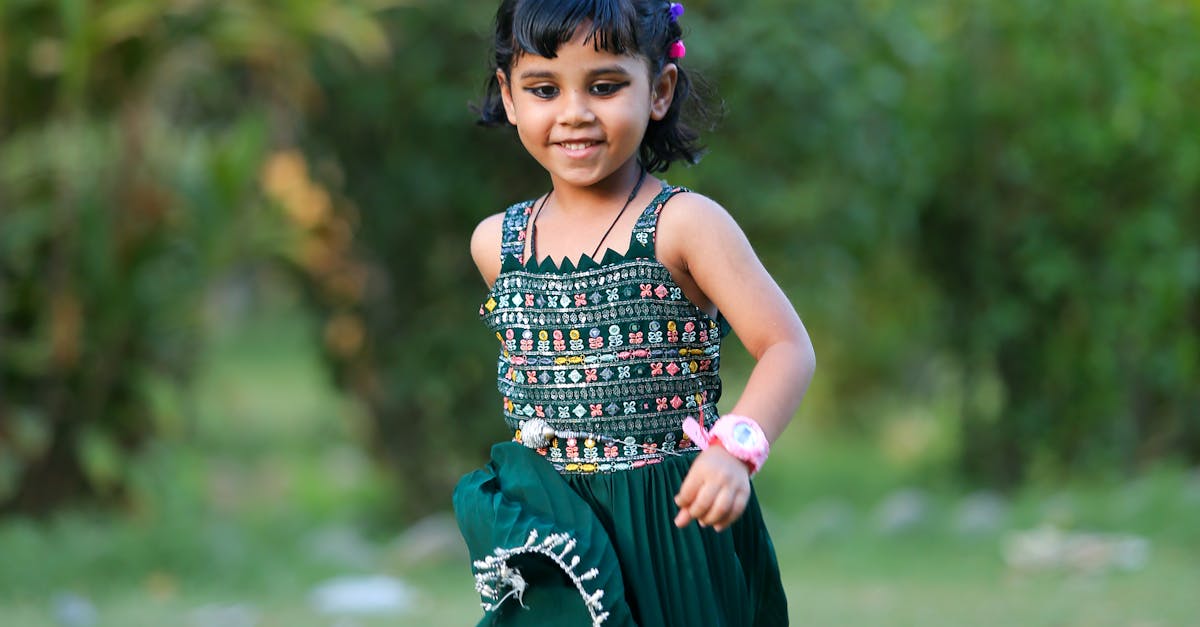
Understanding the Role of Hand-eye Coordination in Motor Skills Development
Executive Functioning and Emotional Regulation in ChildrenTable Of Contents
The Role of Vision in Coordination
Vision serves as a crucial component in the development of effective motor skills. It enables individuals to judge distances, recognise moving objects, and track their trajectory. The ability to process visual information accurately enhances a person's capacity to respond appropriately to their environment, facilitating smoother and more coordinated movements. This relationship between sight and movement is evident in activities ranging from sports to everyday tasks that require agility and precision.
The integration of visual input with physical actions is fundamental in various contexts. Children learning to catch a ball, for instance, rely on their eyesight to predict its path and adjust their movements accordingly. The efficiency of this interaction can significantly impact overall performance, making strong visual skills a key element of hand-eye coordination. Moreover, as individuals practise and refine their abilities, their visual perception becomes more sophisticated, leading to improved coordination capabilities over time.
How Visual Perception Influences MovementExecutive Functioning and Emotional Regulation in Children
The ability to visually perceive one’s environment is crucial for effective motor skills execution. Accurate visual input enables individuals to gauge distances, anticipate the movement of objects, and react appropriately during physical activity. This process involves the integration of sensory information and the central nervous system, which seeks to coordinate movement in response to visual cues. For instance, when catching a ball, an individual relies on their visual system to track the ball’s trajectory while adjusting hand position accordingly.
Additionally, visual perception plays a significant role in the development of complex motor skills. Children, for example, enhance their coordination as they engage in activities that require them to adapt their movements based on what they see. As their visual discrimination improves, so does their ability to execute precise and controlled movements. Activities such as sports, dance, and even everyday tasks like writing involve a constant interplay between visual perception and motor output, illustrating the importance of effective vision in mastering movement skills.
Handeye Coordination and Learning2024-08-14
The development of hand-eye coordination plays a significant role in various learning processes, particularly in early childhood education. Activities requiring precise movements and accurate timing, such as writing, drawing, and cutting, rely heavily on this type of coordination. As children engage in these activities, they not only enhance their motor skills but also improve their ability to focus and concentrate on tasks. This foundational skill set becomes increasingly important as children progress through their education, impacting their overall academic performance.
Furthermore, there is a strong connection between hand-eye coordination and cognitive development. Research indicates that children who participate in sports, arts, or other hands-on activities tend to perform better in subjects that demand spatial awareness and strategic thinking. Engaging in these activities fosters a sense of achievement and encourages perseverance, traits essential for learning across all subjects. Schools that integrate movement-based learning strategies often observe improvement in students’ motivation and engagement, highlighting the integral role of coordination in educational settings.
Effects on Academic Skills
Hand-eye coordination significantly impacts a child's ability to engage with various academic tasks. For instance, activities such as writing, reading, and using educational tools require a seamless integration of visual input and physical response. Students who struggle with these skills often find it challenging to keep up with classroom activities, leading to frustration and disengagement. The development of coordinated motor skills can enhance a child's confidence and willingness to participate in learning experiences, ultimately fostering a more positive academic environment.
Moreover, strong hand-eye coordination can facilitate the acquisition of more complex academic skills over time. When children are adept at tasks like drawing or manipulating objects, they build a solid foundation for future learning, including problem-solving and critical thinking. This physical interaction with learning materials not only reinforces understanding but also encourages independent exploration. As such, proficient hand-eye coordination can greatly influence a child's overall educational journey, shaping their capabilities and attitudes towards learning in significant ways.
Assessing Handeye Coordination
Evaluating hand-eye coordination can provide crucial insights into an individual's motor skills and overall development. Various assessment tools are available, ranging from simple observational techniques to more sophisticated electronic devices. Standard activities often involve tasks such as catching a ball, drawing shapes, or completing puzzle pieces. Each of these tasks can highlight specific aspects of coordination, allowing educators and parents to gauge progress accurately.